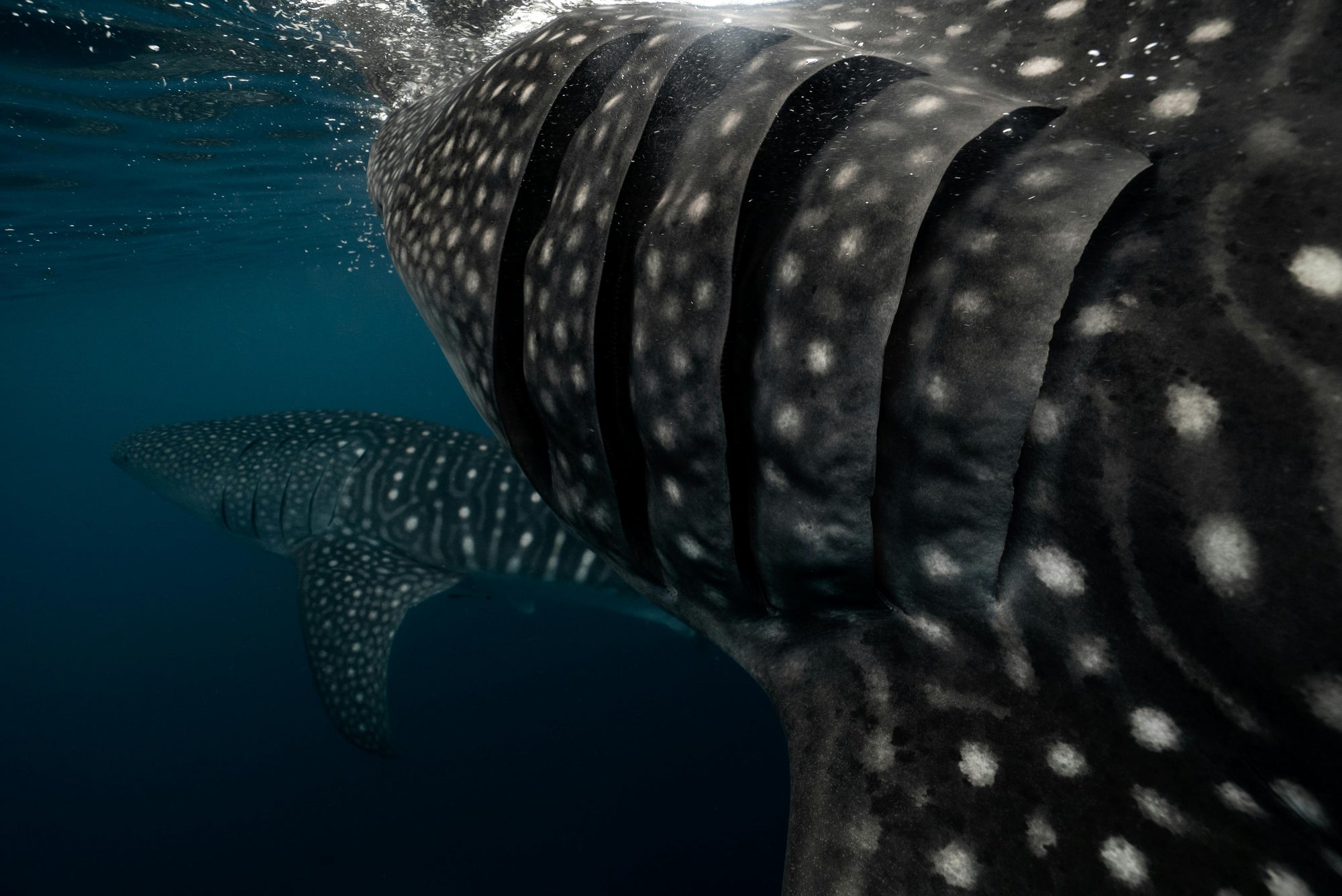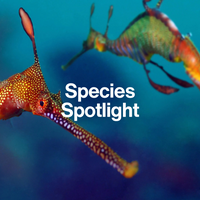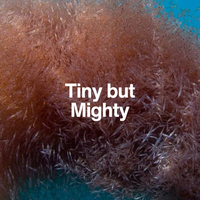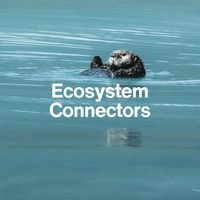The Deep Diver of Ancient Oceans
Leatherback Turtle

The largest, deepest-diving, and most wide-ranging sea turtle on Earth—surviving for millions of years, now racing against time.
Introduction
Ancient Mariner, Modern Crisis
The leatherback sea turtle (Dermochelys coriacea) is a living fossil—unchanged in form for over 100 million years. It’s the only sea turtle without a hard shell, the deepest-diving of its kind, and a champion of long-distance ocean travel.
Once abundant in every tropical ocean, leatherbacks are now in steep decline—battling plastic pollution, bycatch, and vanishing nesting beaches. Their story is one of evolutionary success facing a modern tipping point.

What Makes It Iconic
Soft-Shelled, Strong-Willed
With a leathery, ridged carapace instead of a hard shell, the leatherback turtle can grow over 2 metres long and weigh up to 900 kg. It’s also the only sea turtle adapted to survive in cold, deep waters—thanks to unique insulation and high fat reserves.
They travel thousands of kilometres across entire ocean basins between nesting and feeding sites. This endurance and reach have made them an icon of marine migration and persistence.

Fun Fact
Leatherbacks can dive over 1,200 metres deep—deeper than most whales—and stay submerged for more than 80 minutes.
Ecological Role
Jellyfish Controllers of the Sea
Leatherbacks feed almost exclusively on jellyfish, helping control populations that could otherwise explode and disrupt food chains.
By consuming hundreds of jellyfish a day, they also prevent blooms that interfere with fisheries and clog coastal ecosystems.
As ocean wanderers, they connect tropical beaches with temperate and polar waters—playing a vital role in nutrient cycling and energy flow between ecosystems.


Conservation & Threats
Losing Ground and Depth
Despite global distribution, leatherbacks are critically endangered in many regions. They face threats at every stage of life:
Climate Change
which skews hatchling sex ratios (more females in hotter sand)

Artificial lights
disorient hatchlings trying to reach the sea
Nesting beach erosion
and coastal development
Bycatch
in longlines, gillnets, and trawl fisheries
Plastic pollution
they often mistake plastic bags for jellyfish
Did you know?
An estimated 1 in 1,000 leatherback hatchlings survives to adulthood.
Hope & Action
Protecting the Path Back to the Sea
Global efforts are underway to protect this ancient navigator. Many countries have banned turtle harvests and protect key nesting beaches.
Key actions include:
- Nest monitoring and egg relocation programs
- Bycatch reduction via turtle excluder devices (TEDs) and gear changes
- Beach protection laws and light reduction campaigns
- International tagging programs to track migration and guide protections
- Educational outreach to reduce plastic waste

Why they inspire us
Resilience on a Global Scale
The leatherback turtle embodies resilience across time and space. It doesn’t fight for territory or display its power. Instead, it quietly crosses oceans, linking distant shores in an ancient rhythm of life.
At NAUTRA, we see the leatherback not just as a survivor, but as a teacher—reminding us that soft doesn’t mean weak, and that the biggest impacts come from the longest journeys.

Species Overview

Species ID Card
Leatherback Turtle
Want to take this species with you? Download our printable ID card to keep learning, share with others, or use in your classroom or ocean journal.
That's a wrap
—for Now
You’ve met the giants of the sea, the reef gliders, the icy guardians, and the apex thinkers. But this is only the beginning. The ocean holds countless species that deserve to be seen and protected—and we plan to introduce you to many more.
Watch this Space
New Ocean Icons are on the horizon. Check back soon—or follow NAUTRA to be the first to meet the next wave of legends.




